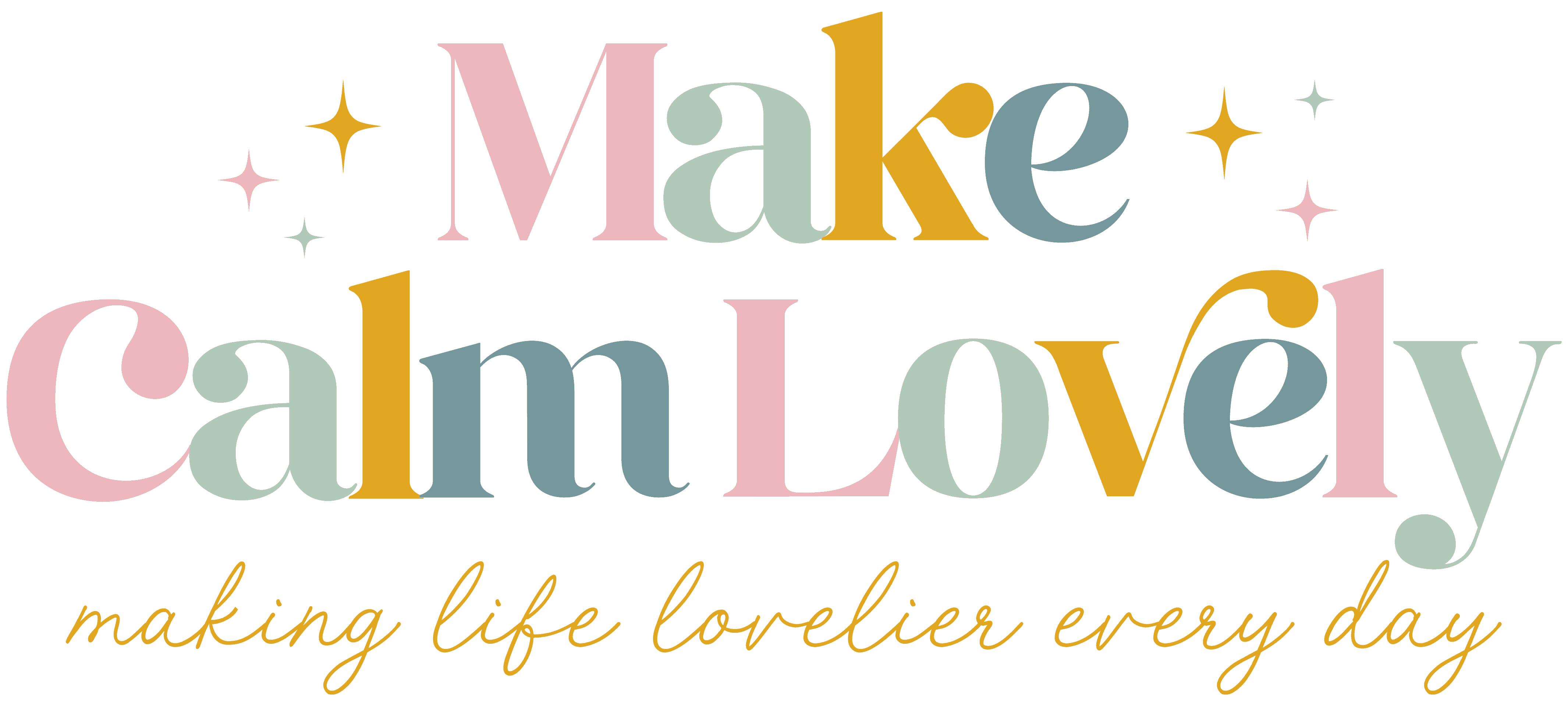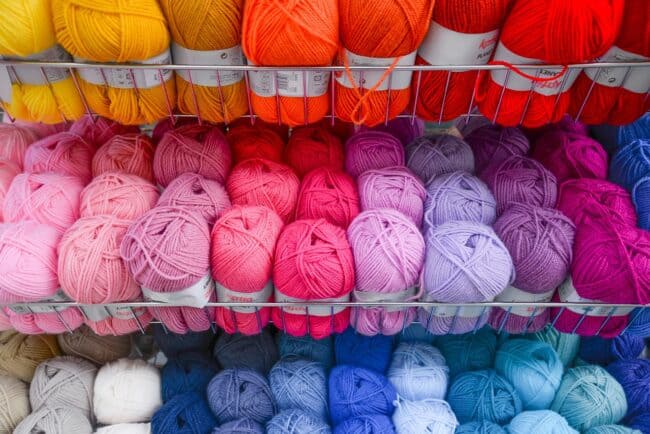How to Read Knitting Patterns: Beginners Guide
How to read knitting patterns – the complete guide for beginners. Learn how to read a knitting pattern, the information they contain, and what it all means.
When you don’t know how to read a knitting pattern those instructions can just seem like a secret code or a foreign language!
There are the abbreviations used (what on earth does the letter p represent?). There are also those instructions such as increase every fourth row!
But once you know what all those abbreviations and instructions mean and stand for, you will always know it going forward, and you will quickly become an expert.
Reading knitting patterns will very soon become second nature to you, and you will be proud of yourself for mastering another language!
So here is our guide on how to read a knitting pattern.
Supplies You Need
Every knitting pattern starts off with a list of the supplies that you will need to do and complete the project.
This usually includes:
Knitting Needles size
Number of balls of yarn required
Type of Yarn (Yarn Weight)
Any tools you may need for the project
Before you even start your project you should gather the needed supplies together. Buy what you need for that particular project.
For each project you usually always need to purchase yarn. If you have been knitting for a while you will hopefully have built up a supply of different sized knitting needles and knitting tools to use.
But every project is different in the yarn required, including the type, amount, and even color.
Skill Level
All knitting patterns also give a skill level, so you know whether you are likely to be able to do the project.
Skill levels are based on beginners, intermediate and advanced knitters. Some patterns give a number rating from 1-4 (with 1 being the easiest level).
Select the pattern that best meets your skill level. If you are just starting out knitting you obviously need beginner knitting patterns. If you have been knitting for a while intermediate or advanced can be chosen.
Tension Guide
This is an often over-looked part of knitting pattern instructions, but paying attention to tension is very important.
Knitting a swatch prior to starting your project will ensure that you are getting the tension right in your knitting, which is important to the final finished project looking its best.
See here for a guide to knitting tension squares
Knitting Abbreviations Guide
Knitting abbreviations can be one of the hardest things for beginner knitters to know, but once you learn them you will always remember them!
It is not possible to write out in full all the details of a knitting pattern, as it would take too much space and get too complicated. That is why abbreviations are used.
Some common abbreviations are:
k – Knit
p – Purl
beg – Beginning
rep – Repeat
CO – Cast on
RS – right side
WS – wrong side (the back)
BO – bind off
Knitting Instructions
These are the actual instructions for making that particular project. They can seem complicated at first glance, but if you take your time to read through them thoroughly, you will see that they make perfect sense.
The instructions will tell you how many stitches to cast on, what stitches to work in for the project, what colors to use etc.
An example of knitting instructions would be something like this:
CO 20 stitches
Row 1 – K2, P2, K2, P2, K2, P2, K2, P2, K2, P2
Row 2 – P2, K2, P2, K2, P2, K2, P2, K2, P2, K2
These instructions are telling you to cast on 20 stitches. Then on the first row you are going to use the basic knit or garter stitch to knit two stitches, then you will purl 2 stitches, knit 2 stitches etc – until the end of the row. Then when you start the next row you are going to purl 2 stitches, knit 2 stitches etc – until the end of the row.
Now if you are knitting a large project, you can imagine that writing all those instructions out would take up a lot of space. If you were knitting a blanket for instance that had 200 stitches cast on, you can only imagine how many K2, P2s would need to be listed out across the page!
So in order to simplify this, and take up less space, knitting patterns put repeating knit stitches between two asterisks – **
For instance:
*K2, P2*
This means that those two stitches in between the asterisks are repeated over and over again. If no other instructions are given it indicates that you repeat these two stitches until you reach the end of the row.
These types of instructions can also appear in the middle of a row – such as K10, *K5, P5*, K20. So in this case you would knit 10 stitches, then you would repeat the K5,P5 until you reached the last 20 stitches, then you would just knit the last 20 stitches.
Sometimes instead of asterisks the instructions are written using brackets – [. ]
Row 1: K10, [K2, P2] 4 times, K5
Row 2: K10, [P2, K2] 4 times, K5
The instructions above are the same as the asterisks, but they state that you knit 10 stitches, then knit 2 stitches, purl 2 stitches 4 times, then you knit 5 stitches.
Some instructions also include a chart for handy easy reference.
You will also see Right Side and Wrong Side mentioned a lot in knitting patterns. This means that you will be doing certain stitches on the right side, and certain stitches on the wrong side.
See the video below for a guide to the right and wrong side of a knitting project.
Beginner Knitting Patterns
Beginner skill knitting patterns tend to have more simple knitting stitches, such as purl and stockinette stitches.
They also tend to have basic shaping if there is any shaping required.
As a beginner it is best to look for a pattern that has no shaping – just flat knitting. This would include patterns for items such as dish cloths, blankets, or scarves.
Once you master basic flat knitting, you can move on to patterns with some simple shaping. These include garments such as gloves and hats, which are easier to do and smaller to work with.
Related: 12 Beginner Knitting Patterns for Beautiful & Easy Sweaters
Intermediate Knitting Patterns
As an Intermediate level knitter you are not classed as a beginner or an absolute expert, but you have experience knitting and following patterns and instructions for multiple knitting projects and items.
Intermediate knitting patterns will likely be for more complicated projects. A lot of different stitches, shaping, and pattern work will be involved with these knitting patterns.
Intermediate level projects include things such as colorblock, lace work, and more intricate garments. They will require of lot of different types of stitches, and the ability to actually read a chart on a knitting pattern.
Advanced Knitting Patterns
An advanced knitting pattern really requires that you are quite the knitting expert – one who has completed many different types of knitting projects, knows pretty much all the different stitches, and advanced knitting and pattern techniques.
Advanced patterns for certain items will assume that you are pretty expert in knitting that item. Such as an expert in knitting socks, or cable knit etc.
Advanced patterns assume that you are accurate in your knitting, that your speed has increased, and that you want to make a more complicated item.
Even if you are a complete beginner at knitting you can quickly learn the ins and outs of knitting pattern instructions and abbreviations by practicing and constantly trying different patterns and projects.
How to read knitting patterns – the complete guide for beginners. Learn. how to read a knitting pattern, the information they contain, and what it means.


